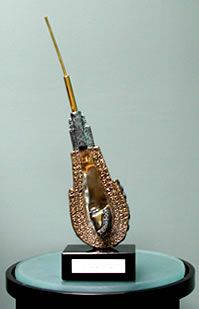Q: I recently had a hair transplant procedure done in Florida and it has been about 8 months. When I am in direct overhead light and when sunlight is behind me, I see many tiny holes that are not visible under normal light. I know these are where they placed the transplanted hair but need to know if there is a way to remove these tiny holes. I am obviously not getting any answers from the doctor that performed the hair restoration. I am wondering if dermal fillers, dermabrasion, or laser treatment would work to fix this and if so, do you offer these treatments?
A: This condition is often referred to as pitting and occurs when grafts are placed below the surface of the skin. It is more common with large grafts rather than small ones and is almost never seen in Follicular Unit Transplantation (FUT).
In general, visible holes can result from mini-micrografting hair transplant procedures where the grafts (and thus the recipient sites needed to hold them) are larger than approximately 1.2mm. Recipients sites smaller than 1.2 rarely leave any mark. In follicular unit hair transplant procedures, the grafts will fit into sites smaller than 1.2mm so surface changes are generally not seen (even if the grafts are not placed flush with the skin).
It is difficult to fix the holes directly with the methods you listed as fillers do not fix well defined holes and laser-abrasion and dermabrasion may destroy the surrounding hair.
A properly performed second procedure that places follicular unit grafts in the area should correct the problem.
Posted by

 The
The  “We felt it was necessary to clearly define follicular unit hair transplantation and mini-micrografting cut to size,” explained Dr. Bernstein, Assistant Clinical Professor of Dermatology, College of Physicians and Surgeons, Columbia University, New York. “
“We felt it was necessary to clearly define follicular unit hair transplantation and mini-micrografting cut to size,” explained Dr. Bernstein, Assistant Clinical Professor of Dermatology, College of Physicians and Surgeons, Columbia University, New York. “



